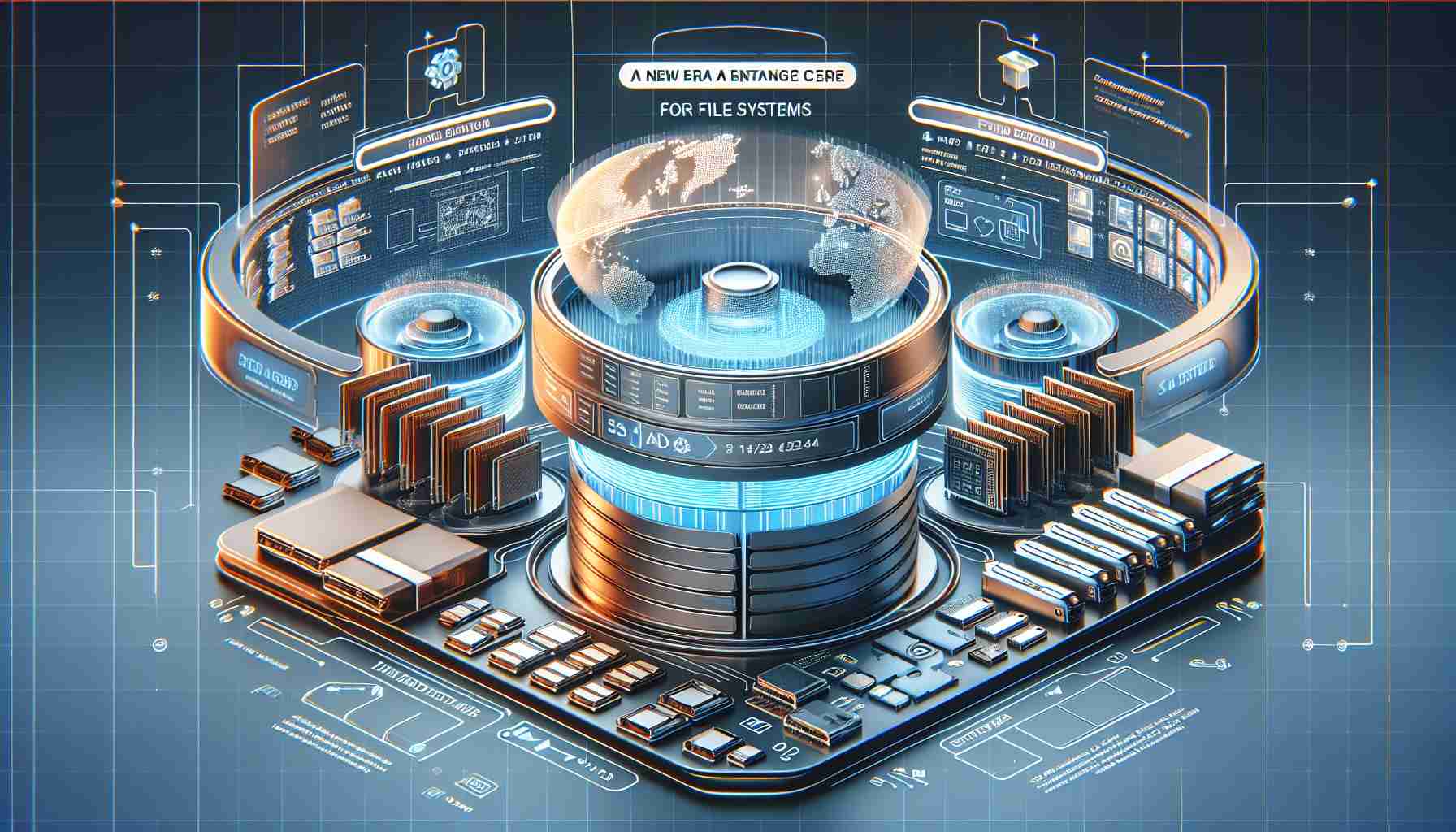Long-Awaited Modification
In a groundbreaking development, Microsoft has unveiled a monumental enhancement to the FAT32 file system after nearly thirty years of its introduction. The previous 32GB partition size limit has now been drastically elevated to a staggering 2TB, marking a pivotal shift in file system capabilities. This transformative update heralds a new era for storage enthusiasts and device manufacturers alike.
Anticipated Transition
The transition to the expanded FAT32 partition size is set to commence for users leveraging the Canary build of Windows. As outlined in the Windows Insider blog:
By executing the `format` command via the command line for disk formatting, we have augmented the FAT32 size limit from 32GB to 2TB.
FAT32 has long been favored for its widespread compatibility; however, the persistent constraint of the 32-bit architecture posed a recurring challenge for those necessitating larger storage capacities. Microsoft has taken a proactive stance in addressing this longstanding limitation effectively.
Significance of Enhanced Partition Size
The augmented maximum partition size in FAT32 signifies a momentous change for various reasons. Primarily, it empowers users to store a greater volume of data on a single partition, obviating the need for segmenting storage into multiple smaller partitions. Additionally, device manufacturers stand to gain significantly from this update. With the capability to craft larger FAT32 partitions, they can engineer products with enhanced storage capacities while retaining compatibility with older systems.
Microsoft’s decision to expand the partition size limit for FAT32 embodies a progressive stride in the right direction, albeit coming somewhat belatedly. This evolution paves the way for a future where storage limitations are no longer a barrier to innovation and efficiency.
Expanding Possibilities: Unveiling the Full Potential of Extended FAT32 Partitions
In the wake of Microsoft’s groundbreaking enhancement to the FAT32 file system, the increased 2TB partition size limit opens up a realm of possibilities previously unattainable with the traditional 32GB restriction. While the initial focus has been on the immediate benefits of this modification, several key questions and challenges emerge, shedding light on both the advantages and disadvantages of this new era for file systems.
Key Questions:
1. How does the extended FAT32 partition size impact system performance and data access speeds?
2. What compatibility implications may arise when transferring files between different file systems with varying partition sizes?
3. Are there any security concerns associated with larger storage capacities within a single partition?
4. How do device manufacturers plan to optimize products to leverage the expanded FAT32 capabilities effectively?
Answers and Considerations:
– System performance may see a boost with the larger partition size, as data can be accessed and stored more efficiently without the need for segmentation.
– Compatibility issues may surface when moving files between systems with different partition sizes, necessitating conversion or potential data loss.
– Security risks could increase with larger partitions, as a single point of failure exposes a broader swath of data to potential risks.
– Device manufacturers must balance increased storage capacities with maintaining backward compatibility to ensure seamless user experiences across platforms.
Challenges and Controversies:
– One of the primary challenges associated with the extended FAT32 partitions is the potential fragmentation of data due to the larger storage space, impacting overall efficiency.
– Controversies may arise regarding the necessity of sticking with the FAT32 system versus transitioning to more modern file systems that offer enhanced features and security protocols.
Advantages and Disadvantages:
– Advantages:
– Greater storage capacity on a single partition streamlines data management and reduces the need for complex partitioning schemes.
– Device manufacturers can design products with expanded storage capabilities while ensuring compatibility with older systems, widening their market reach.
– Disadvantages:
– Increased security risks due to potential data exposure through a single large partition.
– Challenges in data transfer and compatibility with systems utilizing different file systems and partition sizes.
As the file systems landscape evolves, the enhanced FAT32 partitions mark a significant milestone in storage capabilities. While the advantages are clear, addressing the associated challenges and controversies will be crucial in maximizing the benefits of this new era for file systems.
Suggested related links: Microsoft Website
